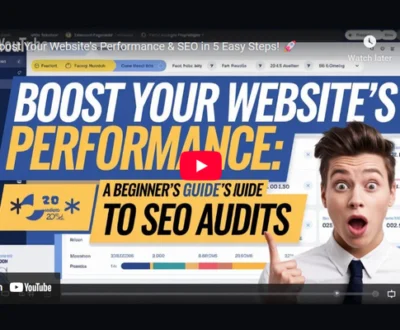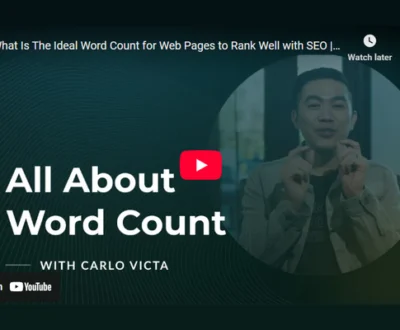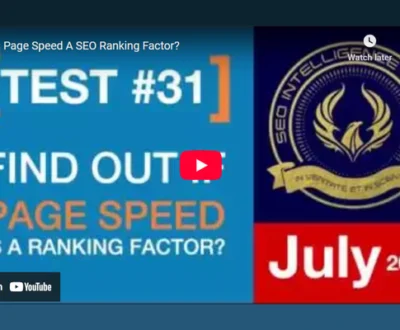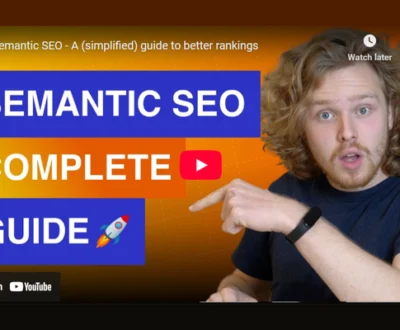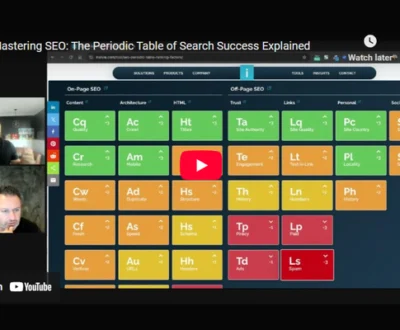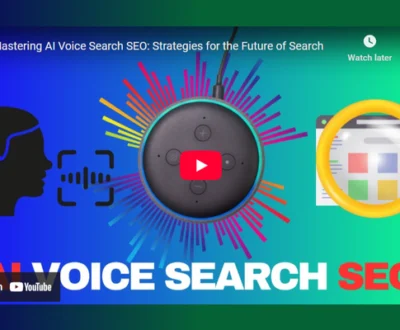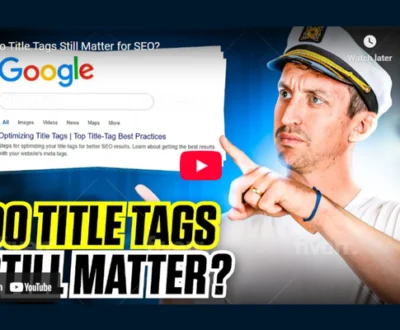I use rich keyword data to pinpoint long-tail search terms that match specific user intent, improving the chances of ranking higher and attracting more qualified visitors. By crafting concise SEO titles and meta descriptions with primary keywords upfront, plus implementing structured data, I enhance search listings and boost click-through rates. Targeting question-based queries helps capture featured snippets, securing prime search visibility. Staying attentive to keyword performance allows me to refine strategies and achieve better engagement—exploring this further reveals practical optimization tactics.
- Key Takeaways
- Understanding the Power of Long-Tail Keywords
- Crafting SEO Titles and Meta Descriptions That Convert
- Leveraging Structured Data for Enhanced Search Listings
- Strategies to Capture Featured Snippets and Position Zero
- Measuring and Boosting Organic Click-Through Rates
- Aligning Content With User Search Intent for Better Engagement
- Analyzing Keyword Performance to Refine Targeting
- Using Data-Driven Insights to Optimize Keyword Selection
- Frequently Asked Questions
- Final Thoughts
Key Takeaways
- Use long-tail keywords to target specific user intent and increase conversion rates with lower competition.
- Craft SEO titles with primary keywords early and concise meta descriptions including calls-to-action.
- Implement structured data to create rich snippets that enhance visibility and boost organic click-through rates.
- Analyze keyword performance and CTR using tools like Google Search Console to optimize titles and descriptions.
- Select keywords based on data-driven insights including search volume, difficulty, and competitor analysis.
Understanding the Power of Long-Tail Keywords
Although long-tail keywords may have lower individual search volumes compared to broad terms, they play an essential role in driving targeted traffic and improving conversion rates.
The long tail benefits arise mainly from niche targeting, which allows you to focus on specific user intents and attract visitors who are closer to making a purchase. These keywords are longer, more detailed phrases that reflect how people naturally search, especially with voice assistants.
Because they face less competition, ranking for long-tail keywords is easier, making it a cost-effective strategy for both organic SEO and paid campaigns. Furthermore, users searching with these precise terms tend to convert at higher rates, often 2.5 times better than broad keywords. Over 70% of search queries utilize long tail keywords, highlighting their dominant role in search behavior.
Crafting SEO Titles and Meta Descriptions That Convert
When crafting SEO titles and meta descriptions, placing keywords near the beginning helps grab attention and improve relevance.
Writing compelling descriptions that clearly explain what users will find encourages clicks and reduces bounce rates.
It’s also essential to align your titles with the searcher’s intent, so your content meets expectations and drives meaningful traffic.
Keyword Placement Strategies
Successful keyword placement in SEO titles and meta descriptions hinges on positioning primary keywords near the beginning to maximize both search engine recognition and user engagement. Proper keyword density and semantic relevance are key to this strategy, ensuring keywords fit naturally without stuffing.
Here are four essential tips I follow:
- Place the primary keyword at the start of the title tag to boost relevance signals and user clicks.
- Use one main keyword per title to maintain focus and avoid traffic dilution.
- Insert primary keywords early in meta descriptions, within the first 150-160 characters, to increase visibility in search results.
- Include secondary keywords or long-tail variations naturally in both titles and descriptions to capture specific queries and improve semantic relevance.
This balanced approach improves click-through rates and supports SEO goals effectively. Additionally, keeping title tags within 55 characters helps prevent truncation in search engine results, ensuring the full message is visible to users.
Writing Compelling Descriptions
Placing keywords effectively in titles and meta descriptions lays the groundwork, but crafting descriptions that truly engage users takes your SEO strategy further.
I focus on using descriptive language that clearly summarizes the page content while appealing to emotions subtly, urging readers to click. A well-written meta description acts like an organic ad, highlighting unique benefits and including a call-to-action to guide users.
For SEO titles, I keep them concise and impactful, incorporating power words and emotional appeal to increase interest without overpromising. Both titles and descriptions must accurately reflect the page’s content to reduce bounce rates.
Aligning Titles With Intent
How do you guarantee your SEO titles and meta descriptions truly connect with what users are searching for? It all comes down to title relevance and intent alignment. When your titles match the specific user intent—whether informational, transactional, commercial, or navigational—you increase your chances of clicks and engagement.
Here’s how I ascertain this connection:
- Identify the primary intent behind target keywords.
- Use intent-specific modifiers like “guide” for informational or “buy” for transactional searches.
- Place primary keywords near the beginning of titles for visibility.
- Craft unique, clear titles that reflect the exact page content.
Aligning titles with intent builds trust with users and search engines, boosting CTR and improving rankings.
Meanwhile, meta descriptions should reinforce this alignment to convert organic traffic effectively.
Leveraging Structured Data for Enhanced Search Listings
When you add structured data to your webpages, you enable search engines to display enhanced listings that go beyond the traditional blue links.
Structured data uses standardized code, often in JSON-LD format, to help search engines better understand your page content. This allows your listings to show rich snippets, which include images, ratings, prices, and other useful details directly in search results.
These rich snippets make your listings more visually appealing and informative, which can increase click-through rates considerably. For example, sites like Nestlé and Rotten Tomatoes have seen notable CTR improvements after implementing structured data.
Common types include product info, reviews, events, and recipes. To verify your structured data works correctly, you can use tools like Google’s Rich Results Test.
Proper implementation not only boosts visibility but also helps users find key information quickly, encouraging more informed and engaged clicks to your site.
Strategies to Capture Featured Snippets and Position Zero
To capture featured snippets and position zero, I focus on targeting question-based queries since these often trigger Google’s quick answers.
I structure content clearly with descriptive headings and provide concise, direct answers early in the text to improve snippet chances.
This approach helps search engines easily identify and display the most relevant information to users.
Target Question-Based Queries
Why do question-based queries hold such importance in SEO strategies? They directly reflect user intent, revealing what people want to learn or solve.
By targeting specific question types—like who, what, where, when, why, and how—you can align content with these precise needs and improve chances of capturing featured snippets.
Here’s how I approach it:
- Identify long-tail question keywords using tools and analyze “People Also Ask” sections for ideas.
- Craft concise, accurate answers, ideally 40-60 words, placed near the top of the content.
- Use the exact question as a heading and incorporate related question keywords naturally.
- Match your answers to snippet formats, such as paragraphs for definitions or lists for steps.
Focusing on question-based queries helps your content meet user intent and increases organic click potential.
Optimize Content Structure
Although capturing featured snippets requires multiple factors, optimizing your content structure plays a crucial role in increasing your chances of reaching position zero.
I focus on establishing a clear content hierarchy using header tags like H1, H2, and H3 to organize information logically. This approach improves user experience by making content easier to scan and understand.
Placing the target question in a heading right before the answer helps search engines identify relevant sections. I also use bullet points and numbered lists to break down complex details, aligning with Google’s snippet formats.
Incorporating tables for comparisons or data adds clarity. By structuring content with concise headings, lists, and strategic placement of key information, I guarantee both users and search engines can quickly grasp the essential points, boosting snippet opportunities.
Provide Concise Answers
Consistently providing concise answers plays an essential role in capturing featured snippets and securing position zero on search engine results pages.
Effective snippet optimization depends on delivering clear, direct responses that search engines favor. Here’s how I approach this:
- Answer questions immediately and succinctly, aiming for 40-60 words to fit snippet length preferences.
- Use simple language and place key information first, following the inverted pyramid style.
- Apply precise answer formatting by using paragraph tags for text, lists for step-by-step info, and tables for comparisons.
- Regularly monitor snippet performance and adjust content to maintain relevance and accuracy.
Measuring and Boosting Organic Click-Through Rates
How can you accurately assess the effectiveness of your organic search efforts? Start with CTR analysis by tracking impressions and clicks using tools like Google Search Console.
Impression tracking shows how often your pages appear in search results, while click optimization focuses on increasing the percentage of users who actually click through. Monitoring performance metrics such as average CTR helps you understand how well your audience targeting aligns with your content.
Comparing this data against industry benchmarks or your own historical figures offers insight into areas needing improvement. To boost organic growth, optimize title tags, meta descriptions, and URLs with relevant keywords, ensuring they’re clear and compelling.
Structured data can enhance listings with rich snippets that attract more clicks. Always analyze traffic sources to identify which queries and pages perform best, then refine your strategy accordingly.
Consistent data comparison and attention to these metrics empower you to improve your organic CTR and maximize search visibility effectively.
Aligning Content With User Search Intent for Better Engagement
When you align your content with the specific intent behind users’ search queries, you create a more relevant and engaging experience that meets their needs effectively.
Understanding keyword intent through intent analysis helps identify content gaps and user expectations along the user journey. By studying user behavior and search patterns, you can tailor your content to enhance content relevance and boost engagement metrics.
Here’s how to do it:
- Analyze the dominant content formats and angles in top-ranking pages to guarantee content alignment.
- Match your content type—informational, transactional, or commercial—to the user’s keyword intent.
- Address specific questions or highlight product features to meet user expectations clearly.
- Continuously monitor engagement metrics to spot content gaps and refine your approach.
This strategic alignment not only improves search engine rankings but also drives qualified traffic, creating a seamless experience that satisfies both users and search engines.
Analyzing Keyword Performance to Refine Targeting
Although identifying relevant keywords is essential, analyzing their performance is what truly refines your targeting strategy.
Keyword analysis involves examining key performance metrics like rankings, click-through rates (CTR), impressions, and conversions to understand how well your chosen keywords attract and engage users.
For example, tracking keyword rankings over time reveals whether your content climbs or falls in search results, while CTR highlights how compelling your titles and descriptions are.
Tools such as Google Search Console and Google Analytics provide valuable data on these metrics, allowing you to spot issues like low CTR despite high impressions or high traffic with few conversions.
By interpreting performance metrics carefully, you can identify underperforming keywords or pages and adjust your strategy accordingly.
This ongoing analysis guarantees your targeting remains precise, helping you attract more qualified traffic and improve your organic click potential.
Using Data-Driven Insights to Optimize Keyword Selection
Since effective keyword selection depends on more than just guesswork, I rely on data-driven insights to guide my choices.
Keyword analysis rooted in solid data helps me align with user intent and discover high-impact opportunities. Here’s how I use data insights to optimize my keyword selection:
- Analyze search volume and keyword difficulty to find terms with good traffic potential but manageable competition.
- Assess keyword intent to guarantee my content matches what users are really looking for, reducing bounce rates.
- Examine competitor keyword profiles to uncover gaps and valuable keywords they target, refining my strategy.
- Leverage SEO tools like Semrush and Google Keyword Planner for extensive data on trends, CPC, and SERP features.
This approach turns raw data into actionable knowledge, improving my SEO performance by selecting keywords that genuinely meet audience needs and search behaviors.
Frequently Asked Questions
How Often Should I Update My Keyword Data for Best Results?
I update my keyword data every three to six months, balancing keyword frequency with ongoing data analysis. This approach helps me stay relevant, adapt to search intent shifts, and keep my SEO strategy fresh without overdoing it.
Can Rich Keyword Data Improve Paid Search Campaigns Too?
Absolutely, rich keyword data boosts paid search optimization by revealing high-converting terms and user intent. I use it to refine keyword bidding, cut wasted spend, and improve ad relevance—making campaigns more efficient and effective overall.
What Tools Are Best for Gathering Rich Keyword Data?
Think of keyword research as mining for gold. I trust Semrush and Ahrefs for rich keyword data and data analysis. They uncover valuable insights, while tools like AnswerThePublic reveal user questions to sharpen content strategies effectively.
How Do Voice Searches Affect Keyword Strategy?
I’ve noticed voice query trends push me to use conversational keywords—longer, natural phrases that mimic how people speak. This shift helps me match user intent better and improves my content’s relevance for voice searches.
Should I Focus on Local or Global Keyword Data First?
Imagine using a quill to write emails! I’d start with a local keyword strategy if your business serves a nearby crowd, then explore global keyword opportunities to expand once you’ve nailed that local presence and understand your audience better.
Final Thoughts
Did you know that 70% of all web searches come from long-tail keywords? This highlights why focusing on detailed, specific phrases can greatly boost your organic clicks. By combining rich keyword data with optimized titles, meta descriptions, and structured data, you’ll improve your chances of appearing in featured snippets and position zero. Regularly analyzing keyword performance and aligning content with user intent guarantees your efforts stay effective and targeted, ultimately driving more meaningful traffic to your site.
Windee Tan is a seasoned SEO Specialist with over a decade of experience helping businesses grow their organic visibility through data-driven strategies. He specializes in technical SEO, content optimization, and local search, with deep knowledge of tools like GA4, GSC, SEMrush, and Screaming Frog. Windee is passionate about translating complex SEO insights into practical tactics that drive real-world results. When he's not auditing sites or crafting keyword strategies, he’s exploring the latest trends in AI, digital marketing, and productivity.
About this blog
We are a digital marketing company with a focus on helping our customers achieve great results across several key areas.
Request a free quote
We offer professional SEO services that help websites increase their organic search score drastically in order to compete for the highest rankings even when it comes to highly competitive keywords.
Subscribe to our newsletter!
More from our blog
See all postsRecent Posts
- Writing Clear Calls to Action That Boost On-Page SEO 21 August 2025
- Why Word Count Still Matters in On-Page SEO Today 20 August 2025
- Why Site Speed Is Critical for On-Page SEO Success 19 August 2025


